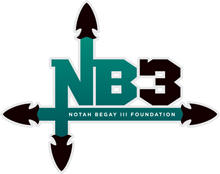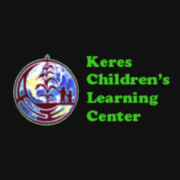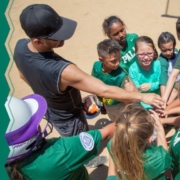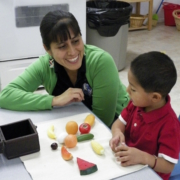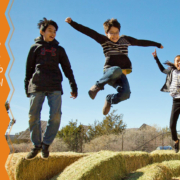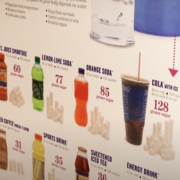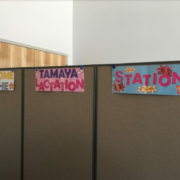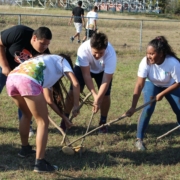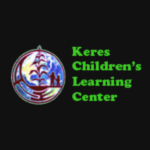By: Trisha Moquino| Executive Director Keres Children’s Learning Center
Historically, eating and wellness in our Indigenous communities were practiced in an integrated way. Today, we know many of those practices have changed which has led to an all time high of childhood obesity in our tribal/indigenous communities. We know that Indigenous families want the best for their children, so how do we turn this tide of childhood obesity?
My grandparents had a big hand in raising me and their proactive teachings about health and wellness continue to be my guide to this day as a mother, teacher and community member. I was fortunate to grow up learning how to cook from my grandmother who is from Cochiti Pueblo, NM, watch my grandfather of Santo Domingo Pueblo, NM and grow corn, squash and chile with my brothers. The many teachings about food—eating it, handling it, respecting it—have guided my food choices in this modern age.
My grandparents taught me about wholesome, nutritious food and the traditions grounded in our language and culture, which recognized and valued the blessings of life. As Indigenous peoples, we are fortunate to come from religions, practices and beliefs that include food and wellness in an integrated way. Food is sacred and what we put in our bodies should be nourishing and provide wellness. Food is what we gain our strength from and it’s what sustains us. Food is life. Food is love. Food should be respected. This is what my grandparents taught me.
We ask for rain through our ceremonies so that we could grow nutritious foods for our families. This traditional wisdom is what we need to turn our attention to in raising our children. Corporations that make unhealthy food and drinks that we are buying for our children do not care about the well being of our Indigenous communities. They create what my grandfather would call “not food,” because it is not grounded in our languages, spiritual practices, values and beliefs about raising children.
When we were small, my grandmother advised my brothers and I to fill up on bread to ensure that our bodies were nourished with the love that was put into making that bread. We have come to a time and place where calories are abundant, but food—good food—is increasingly scarce. We find ourselves for the first time ever having to consider if what we put in our mouths is actually food and if it nourishes us. How can we tell the difference? It is not by the taste. Highly processed food is full of salt, sugar and fat that can please our palate—but it’s been chemically altered to be addictive.
Aside from taste, there are other ways to make wholesome choices:
- Practice asking, “How does the food nourish me? What am I feeding my body when I consume it?” For example, bone stew nourishes our bodies by providing protein from the meat and is a good source of vitamin A from the corn.
- Look behind the food. Look to our languages, food and wellness traditions, and our ceremonies, which are far better compasses for navigating these choices than commercials and the advertising on the wrappers. Chips and drinking soda, give the body empty calories that elevate sugar levels and feeds an industry based on advertising, exploitation and creating an addicted consumer base. We have a lot of food choices, but we can’t make our choices based on face value or short-term taste satisfaction; it needs to be thoughtful.
- Pay attention to how we eat the food. Food we gobble out of Styrofoam or paper rushing between errands may stave off stomach grumbles, but food eaten at home (and during ceremonies), with loved ones, talking and sharing, feeds our bodies and our souls. It fills us with nutrients, not empty calories and does not cause us to “crash,” and seek more junk food with empty calories.
Choosing foods that are wholesome and nutritious can prevent childhood obesity and diabetes. It requires us (parents, grandparents, teachers, school administrators, etc.) to turn our thinking towards developing our children’s palates starting with breastfeeding, eating real food in the preschool years and including activities with movement in the everyday lives of our children. We, the adults, have to model and value the context of who we are as Indigenous peoples.
As Indigenous people, we need to re-examine and revive the proactive food and wellness traditions we had previously thrived on. We are already reconnecting with our languages, customs and spiritual practices. Another way we can reconnect to our customs is to focus on our Indigenous food systems and our health. Recognizing good food and having healthy relationships with our food will help us turn the tide of childhood obesity in our tribal communities, carrying us through the millennia to come.
Mililani Suina | Loretta and Zoey Cadero | Kai-t and Kawaika Blue-Sky | Kawaika Blue-Sky | Loretta and Zoey Cadero
NB3 Indigenous Early Childhood Challenge: If appropriate to share, please share one belief, practice, or saying your tribe upholds to ensure the wellbeing and healthy eating habits of your children. Please also share your tribal affiliation. We will pick one comment to be highlighted on the banner going across our NB3 Foundation Website.
——————–
We reserve the right to delete, edit, or alter in any manner we see fit. Blog entries or comments that we, in our sole discretion, deem to be obscene, offensive, defamatory, threatening, in violation of trademark, copyright or other laws, of an express commercial nature, or otherwise unacceptable.
